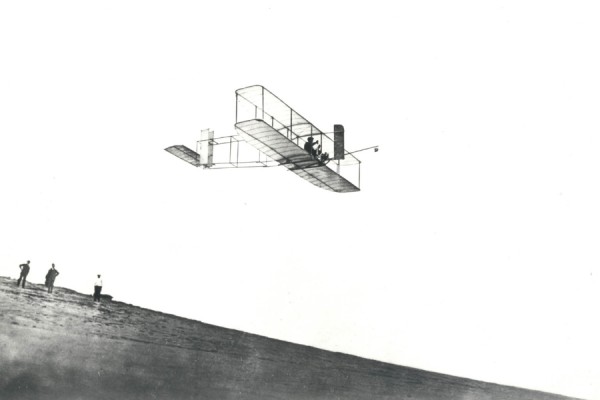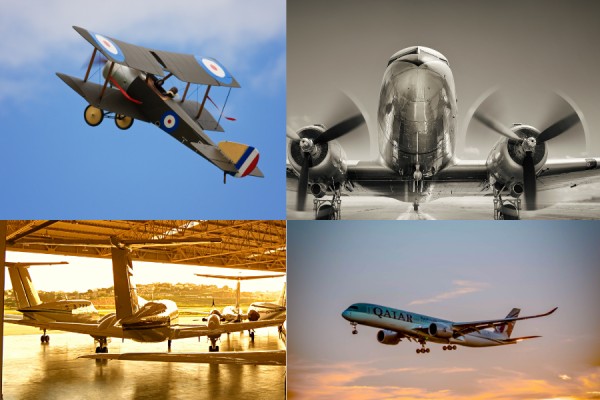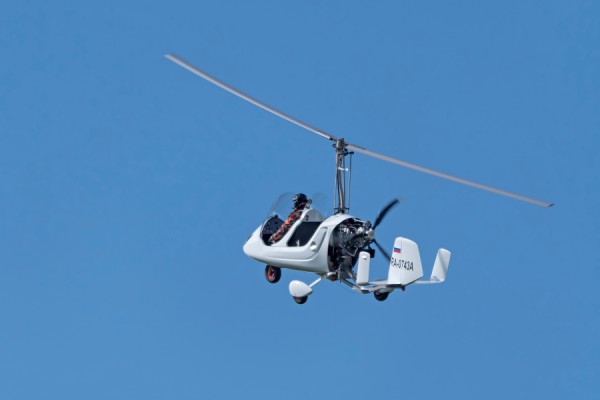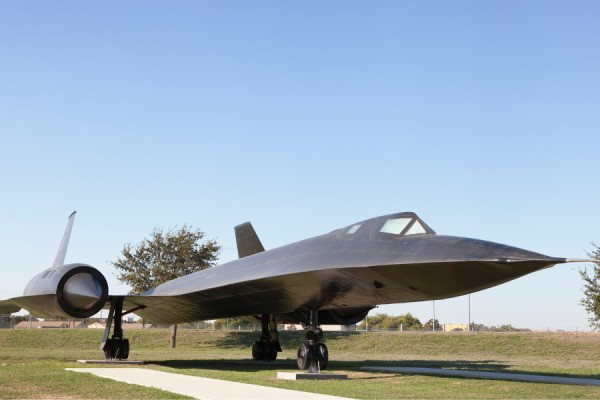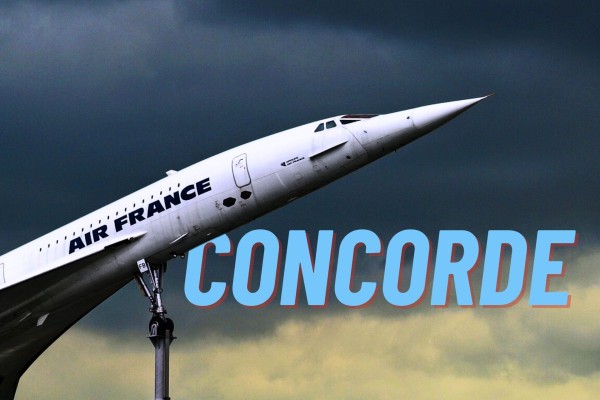- History
- 1 year before
The Epic Story of the Great Atlantic Race of 1919
Detailed review of the 1919 Great Atlantic Race, its historic and courageous pilots and historic flight stories .Pilots and aircraft of the race.
-

- 1 year before
- Category: History
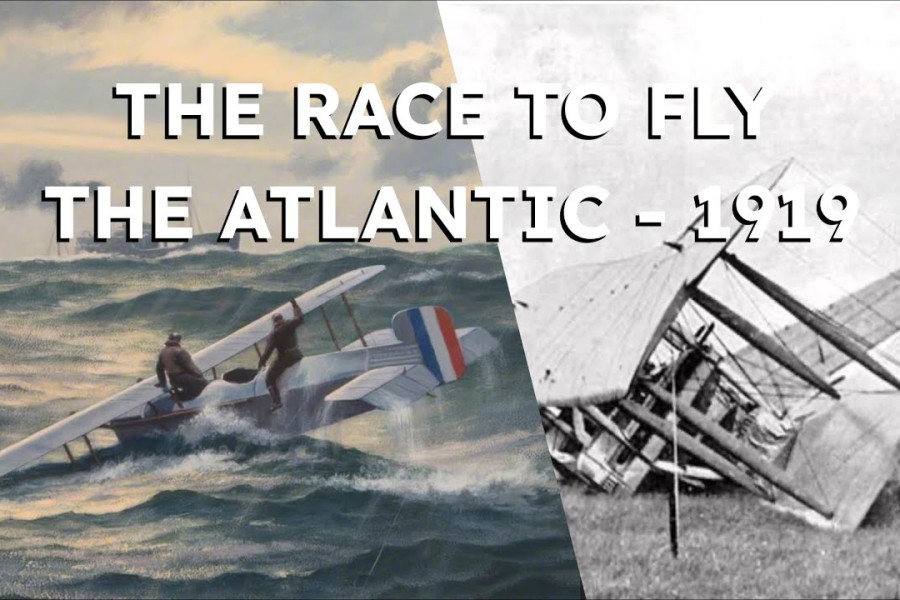
The Great Transatlantic Race: A Saga of Courage and Innovation
The year 1919 marked a golden chapter in aviation history with the 'Great Transatlantic Race.' From airfields in western England, daring aviators from across the globe took to the skies, determined to be the first to fly across the vast expanse of the Atlantic Ocean to North America. This race was an epic adventure that combined technology, courage, and the spirit of exploration, and its outcome became a defining moment in the annals of aviation.
Historical Significance of the Race
In 1919, the British government offered a grand prize of £10,000 to the first individuals to successfully complete a transatlantic flight. This incentive sparked an event that pushed the boundaries of technology and human daring, shaping the future of intercontinental travel.
Protagonists of the Race
Among the many who attempted this perilous endeavor, the names of John Alcock and Arthur Brown stand out. Flying a modified Vickers Vimy bomber, Alcock and Brown embarked on their journey from Saint John's, Newfoundland, and after 16 hours and 28 minutes, they touched down in Clifden, Ireland, completing the daunting task. Their achievement marked the dawn of a new era in transoceanic aviation.
Technological and Strategic Dimensions of the Race
One of the greatest challenges faced during this arduous undertaking was the unpredictability of weather conditions and the limitations of navigational technology at the time. Competitors often had to rely on compasses and dead reckoning for navigation. Alcock and Brown gained an edge by employing innovative technologies such as radio communication and inertial navigation.

